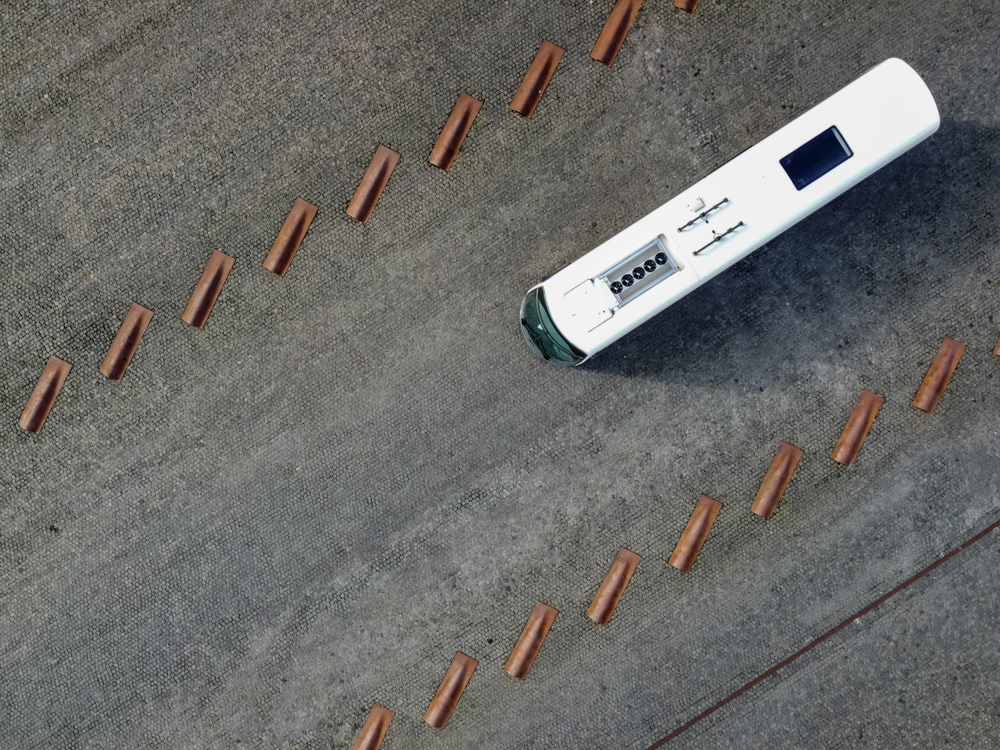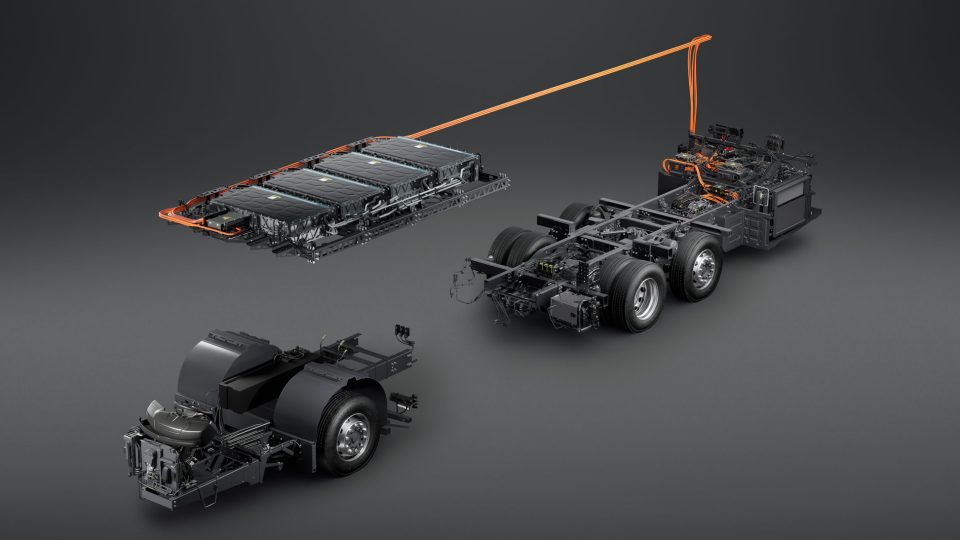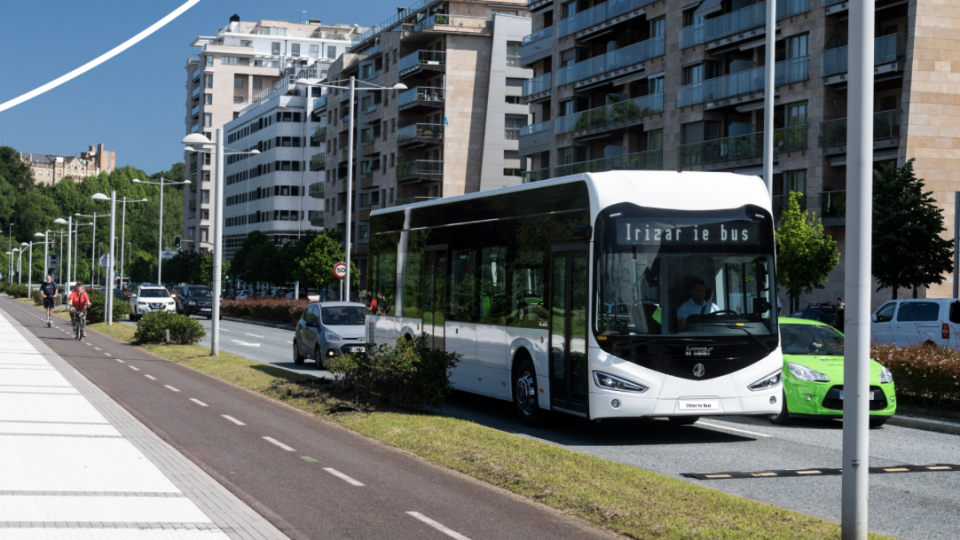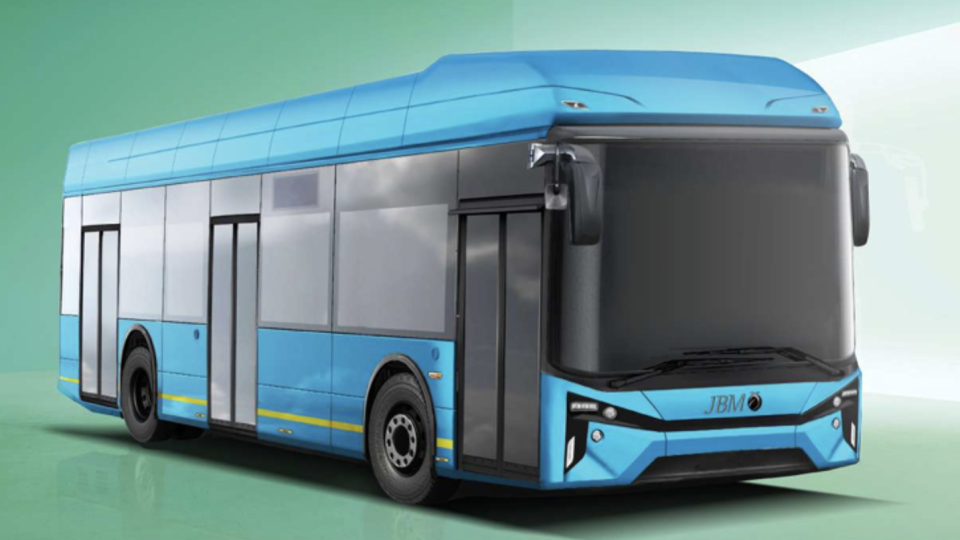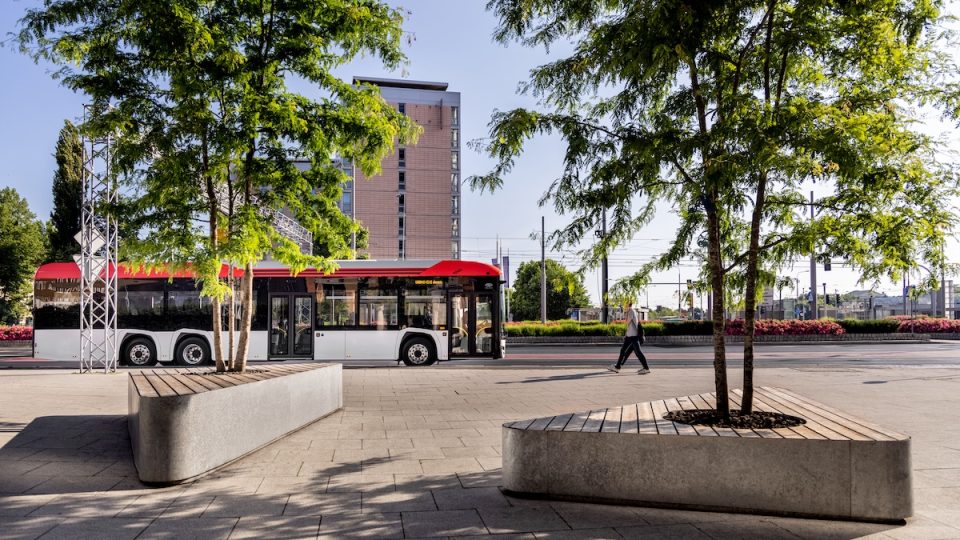Dancer Bus: two e-bus models from Lithuania premiered at Busworld (with empty weight of 8.6 tons)
Lithuanian “Vėjo projektai,” a consortium specializing in electrification solutions for public transport, marked its debut at Busworld 2023 in Brussels, Belgium, from October 7-12. The group showcased their electric Dancer buses at one of Europe’s most significant commercial passenger transport events. The producer claims a empty weight of 8.6 tons for a 12-meter battery-electric city […]
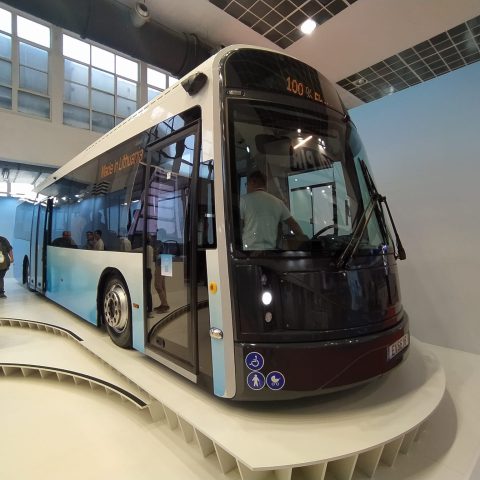
Lithuanian “Vėjo projektai,” a consortium specializing in electrification solutions for public transport, marked its debut at Busworld 2023 in Brussels, Belgium, from October 7-12. The group showcased their electric Dancer buses at one of Europe’s most significant commercial passenger transport events.
The producer claims a empty weight of 8.6 tons for a 12-meter battery-electric city bus. The vehicle was launched in 2020. In 2022, Lithuanian public transport operator UAB “Klaipėdos autobusų parkas” (KAP) completed the public procurement procedure and signed a contract with UAB “Vėjo projektai” for the lease of 10 Dancer electric buses under the Dancer Mobility solution model.
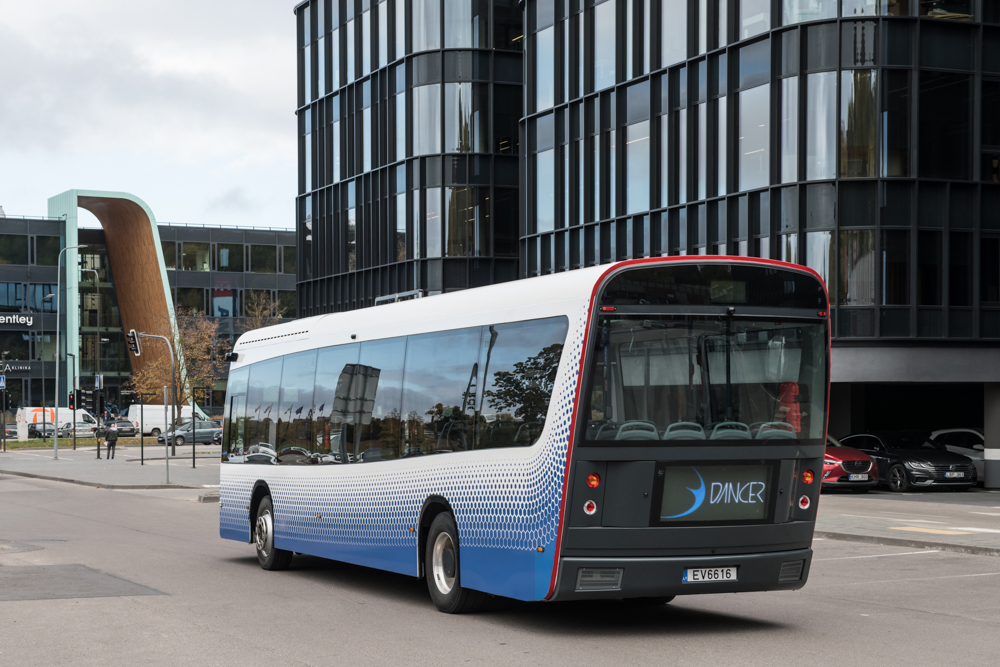
Dancer Bus at Busworld 2023
At the heart of Dancer Bus’s participation are two models of 100% electric LE (low entry) 12-meter city buses. The “Designed for urban dynamism, the FC 75 model offers a rapid battery recharge time of under 8 minutes. With an energy-efficient consumption rate of just 0.72 kWh per km, this model can cover up to 100 km on a single charge, making it an ideal choice for round-the-clock city operations”, the company states. Secondly, the Long Range Dancer Bus (LR 530) “can travel a remarkable 530 km on a single charge, courtesy of its high-capacity NMC battery. Charging can be completed in 1 to 4 hours, providing flexibility for various transit schedules”.
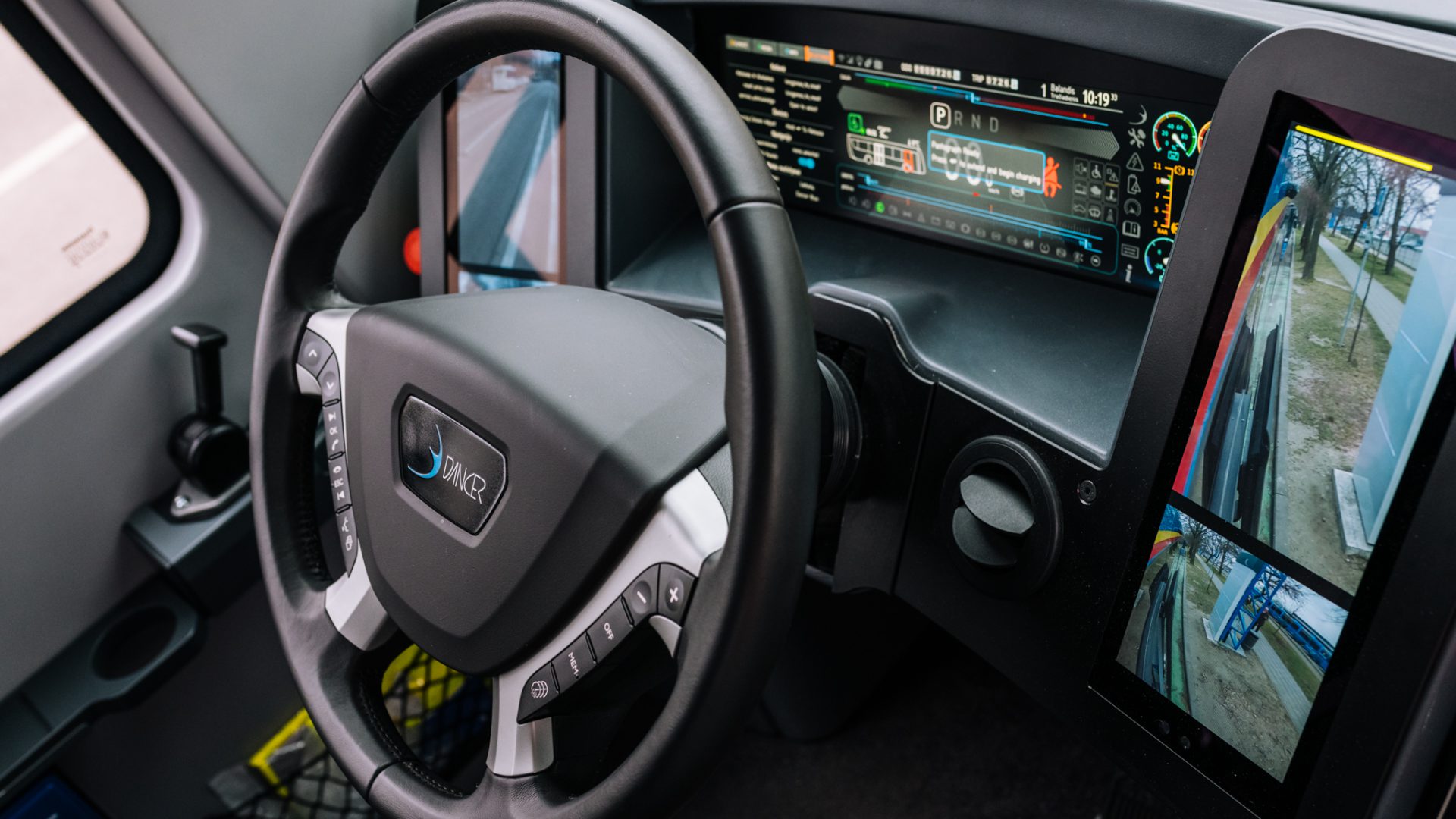
From Wi-Fi connectivity and multiple USB charging sockets to an automatic wheelchair ramp and a highly efficient Level 4 HVAC system, the Fast Charge Dancer Bus (FC 75) model promises not only swift mobility but also an elevated passenger experience.
Developed entirely in-house, Dancer Bus monitoring technology provides for remote real-time monitoring – with the capability for 24/7 real-time monitoring, predictive diagnostics, and remote calibration – and extensive data analysis – this isn’t just about tracking; it’s about understanding. The system can process over 1,000 signals every 2 milliseconds, offering actionable insights for ongoing performance improvements and enabling remote software upgrades.
Composite technology for Dancer Bus body structure
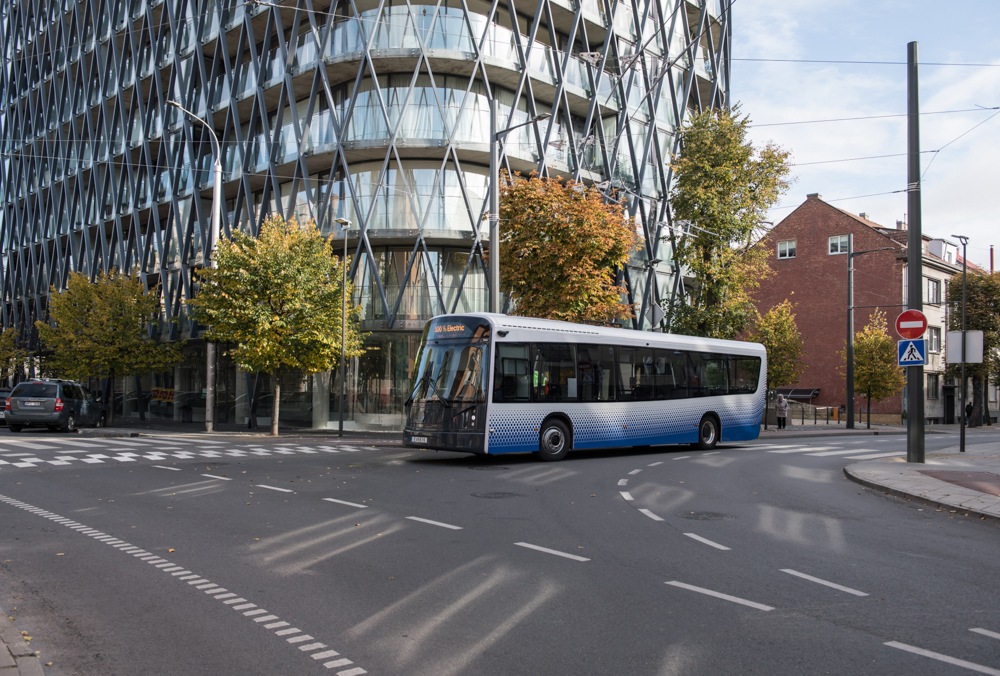
“We found new solutions for the body structure, so in collaboration with the most advanced universities and well-known yacht and wind turbine rotor blade manufacturers, Dancer Bus engineers developed a new generation of composite materials. The body made of them is strong and light, and the possibility of using recycled plastic collected in the oceans ensures sustainability. Composite materials have replaced metal in many places – we hardly use it in the chassis either”, says the CEO Alvydas Naujėkas.
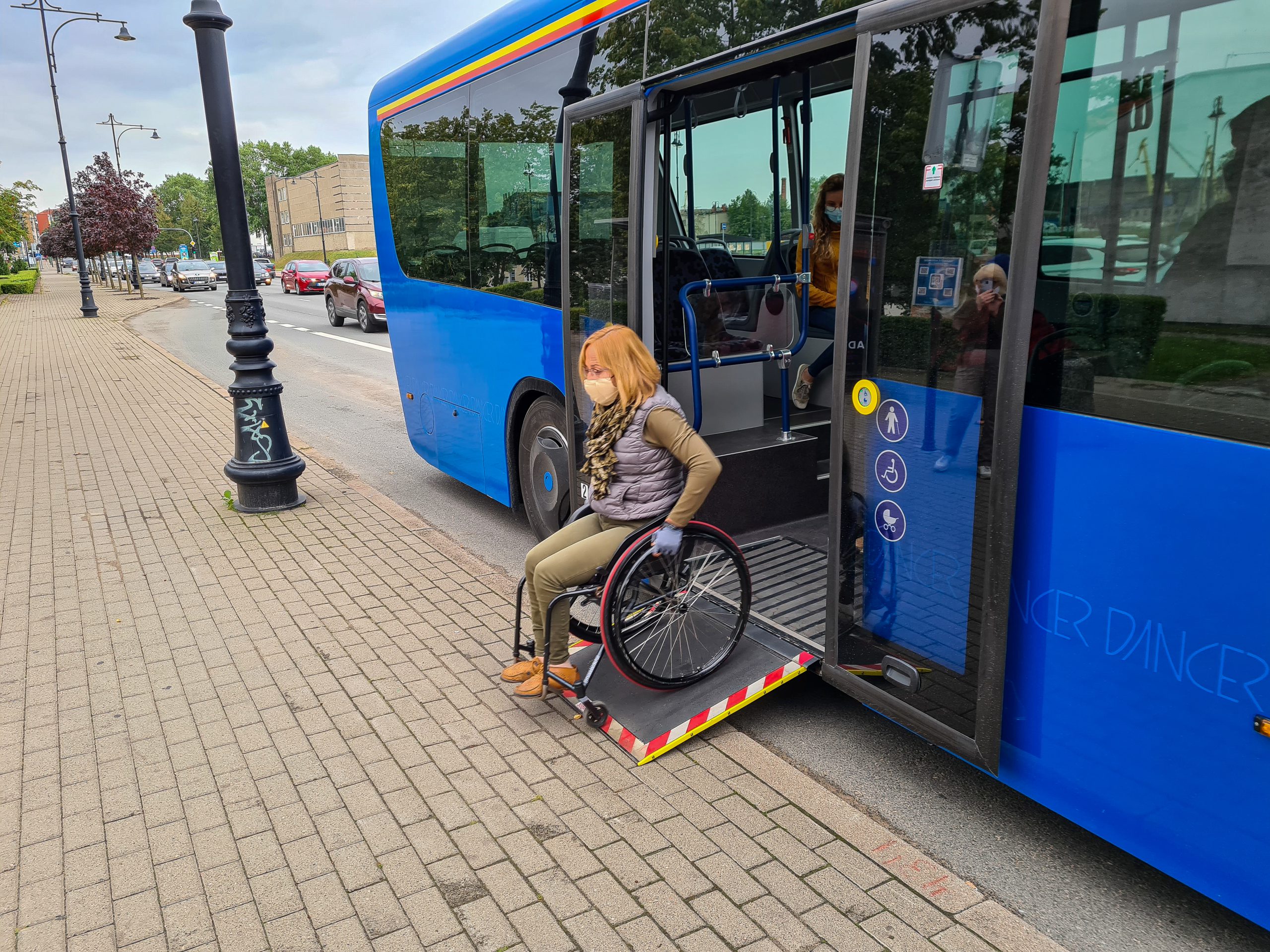
He adds: “All technologies have been tested and verified in real conditions – Dancer buses have been quietly rolling through the streets of Klaipėda city for three years. During this period, they drove more than 400 thousand kilometers saving about 0,5 million tons of CO2 emissions. Batteries were charged with 330 thousand kWh of electricity in three years, which cost 49.5 thousand euros. For comparison, the fuel costs of diesel buses would have reached about 200 thousand. euros”.
